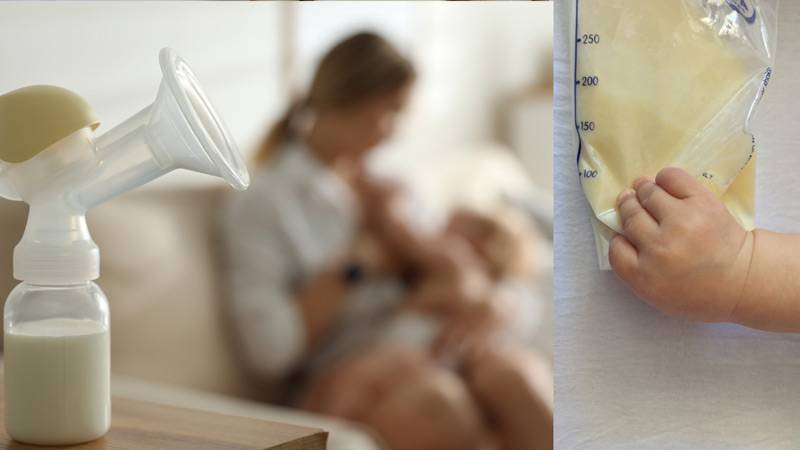Moms breast milk is liquid gold, and those lucky to be able to produce ample supply for newborns and older infants are well sought after by Milk Banks as potential donors. Breast milk is highly recommended as first choice of food for babies in the first six months after birth, so parents of premature babies and those not able to produce their own depend on milk banks to fill this necessity. We created this guide to milk banks and donor breast milk for new moms
What Are Milk Banks and What do they Do?
Previously we interviewed and highlighted 6 major milk banks including Northwest Mothers Milk Bank and essentially what they do is provide access to human milk through safe retrieval, a thorough screening process, and distribution. They employ a strict milk screening process making sure human breast milk is pasteurized, and tested against germs, bacteria, and other health hazards before consumption. Each milk bank is unique, but all serve as a nutritional lifeline for fragile preemies still hospitalized, and other parents to newborns.
Is Donor Breast Milk FDA Approved?
The safety standards and requirements for human milk banks were created by the Human Milk Banking Association of North America (HMBANA) in collaboration with the US Food and Drug Administration (FDA) and Centers for Disease Control and Prevention.
How is Donor Milk Processed?
Before donor milk gets to the NICU, it's combined from multiple donors and then pasteurized using the Holder method—a process of gently heating milk to eliminate harmful bacteria while keeping most of the nutritional value. All donor milk is pasteurized (heat-treated) to eliminate bacteria or viruses that might be in the milk. As a next step, the milk gets tested after pasteurization to make sure there are no bacteria whatsoever. Finally, the milk is sent to an independent lab for final testing for bacteria, then is frozen and shipped to hospitals and families.
Who Benefit From Using Donor Milk
The key to success of most milk banks is community support to match the demand for human milk, meaning we need continous generosity of mothers with healthy supply of milk to sign up or volunteer to donate. This giving gesture in turn benefit premature, low birth weight, and babies in the NICU who physicians and hospitals decide are most eligible for the milk. Milk banks also provide donor milk to families with term babies.
How much does human banked milk cost?
Banked human milk can be bought from different sources, but there's no standard price. It varies from one milk bank to another. Consult your nurse or lactation consultant for more information about how and where to buy banked human milk. Milk from nonprofit milk banks is cheaper than milk from for-profit milk banks. Still, prices at nonprofit milk banks can vary between $4.25 to $5.50 an ounce. If you're eligible, your health insurance might cover the cost, but not all providers do. Medicaid will cover the cost of donor milk in some states, and many nonprofit milk banks do offer grants for families who show financial hardship.
Is there a limit on how much breast milk families can buy?
The amount of milk a family needs depends on the age of the baby and the purpose of the milk—whether it’s the exclusive form of nutrition or a supplement to a mom’s own milk. At The Milk Bank, families can purchase up to 40 ounces of breast milk before needing a script from their pediatrician, a practice that’s common across nonprofit milk banks. Milk banks work closely with families’ healthcare providers to determine the best course of action.
How long is donor milk good for?
Donor human milk may be used for up to 48 hours after defrosting if kept in the refrigerator. Fortified donor milk must be used within 24 hours. It is important to keep thawed milk refrigerated at all times. Never refreeze thawed donor milk. More info about handling breast milk can be found on our frequently asked questions about how to store breast milk.
How do moms become breast milk donors?
Prospective mom donors go through an extensive screening to determine if they meet the health requirements. This includes a lifestyle questionnaire, a blood test for infectious diseases such as HIV, hepatitis B and C, and syphilis, as well as a health history provided by the donor and her health care provider. Milk donors can’t smoke or take medications while actively donating. Each donor is given directions on how to safely collect, handle and store her breast milk.
How do I find a milk bank?
Milk banks are located all over the United States and around the world. The Human Milk Banking Association of North America currently has 31 accredited registered milk banks in the U.S. and Canada. The HMBANA directory of milk banks is searchable.


